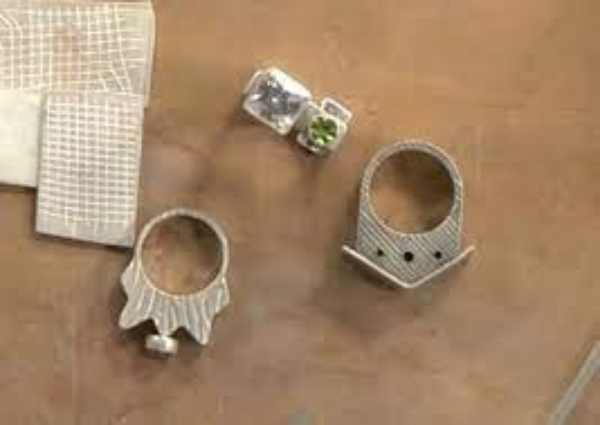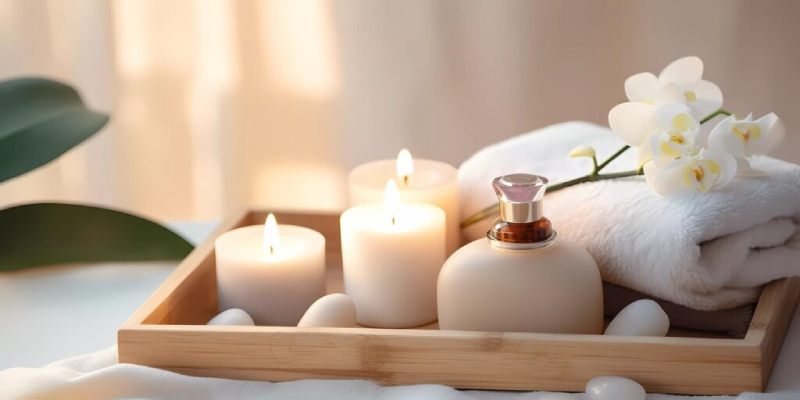Unlocking the Secrets of Chain Clasps Complete Detail
While clasps might not be jewelry designers’ first consideration, they play crucial roles in chain jewelry. It’s always a pain to struggle with a necklace that doesn’t close properly or, worse yet, lose it altogether.
Magnetic clasps snap right into place and are the best choice for customers with reduced fine motor skills. They also offer a luxurious look.
Screw Clasps
A screw clasp, also known as a barrel clasp, uses a threaded screw mechanism to tighten and loosen. It is a safe choice for finishing wire-strung necklaces, and it’s easier to use than the triggers on lobster claw clasps and spring ring closures.
Magnetic clasps use magnets to fasten and open. They’re affordable and easy to use, making them popular for fashion jewelry. However, they aren’t more secure than other types of clasps and may come unfastened if caught on the wrong thing. This guide will help you understand the various jewelry clasps and their opening mechanisms. You’ll also learn how to handle stuck or jammed clasps and maintain and clean your jewelry chain clasps.
Lobster Claw Clasps
Lobster clasps are spring-operated fasteners that resemble lobster claws (hence the name). These sturdy mechanisms are ideal for bracelet chains and heavier pendants.
When a small lever is pressed, it activates a mechanism that pinches together to open the catch so a ring can be hooked onto it. When the lever is released, the latch snaps shut.
Unlike bolt ring clasps, lobster claw clasps have taller opener tabs that fingers can easily manipulate. It makes them easier to use for people with limited dexterity.
Stylish and durable, these clasps have a rounded lobster shape and baroque appearance that pairs nicely with vintage styles. Some styles are flash-plated and treated with anti-tarnish to extend their lifespan. Others have a more subtle appearance.
Spring Ring Closures
Often found in fashion and costume jewelry, spring ring closures consist of a circular piece with a hook that opens and closes using a small internal coil. They are inexpensive and lightweight but can be challenging to operate one-handed, and their slender shape makes them not the most secure choice for a bracelet.
Tube clasps, also known as trigger or lobster clasps, are easy to open and provide a classic finish for a necklace chain. They are also popular with beading cord and silk thread necklace designs. Using a lever to open, they connect with a jump ring on the end of your design. This type of clasp could be better for a bracelet because it requires a lot of twisting and may be challenging to use with reduced dexterity.
Buckle Clasps
A buckle clasp is the most common type of closure on leather straps. It consists of a sliding metal buckle that snaps into place on the shorter end of the bracelet, clamping down over a locking bar that connects to the longer end.
Sliding buckle clasps can be more visually appealing than fixed-mount options, especially for those who prefer a minimally decorated aesthetic. They are also more functional than other types of clasps.
Some buckle clasps are so hidden that you may not even notice them – the most notable example is the single-fold deployment clasp, known as a jewelry clasp or butterfly clasp. Its two curved hinged sections fold out symmetrically, resembling wings, then snap together over a cover, often decorated with the watch’s logo or other identifying emblem, and click into place.
Barrel Clasps
Your chosen clasp style is one of the most important finishing touches when making a necklace or bracelet. The clasp keeps the piece secure, so choosing a sturdy and functional clasp that matches your jewelry design is essential.
A barrel clasp (also called a torpedo clasp) gets its name from the barrel shape it resembles when screwed together. It is a good option for necklaces but not so great for bracelets because it requires two hands to fasten. It is also difficult for people with dexterity issues to use.
Fishhook clasps have a spring mechanism that opens the clasp when you push the peg into a notch. They are often used with sliding chains and bolo bracelets.







